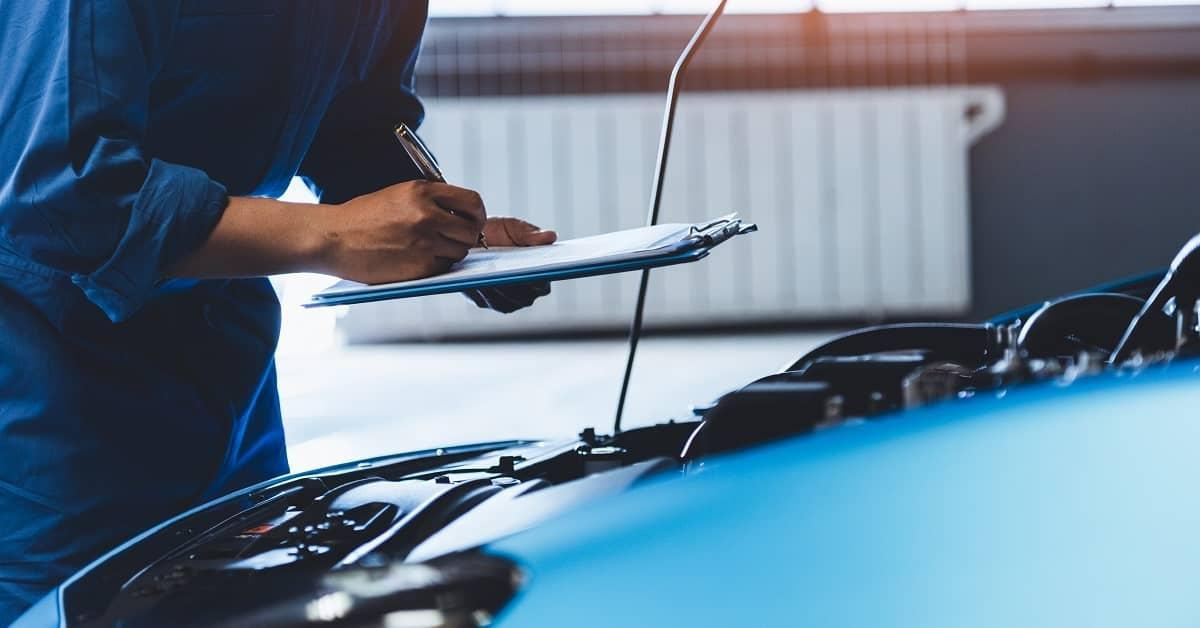
In the United States, laws and regulations ensure that the products are safe to use. But sometimes, despite these measures, products may still be flawed and unsafe.
When it comes to autos, for example, defects may end in serious injuries or death. Although strides have been made in recent years to make cars safer, defects regularly occur. Some of these defects include problems with the following:
Seat belts, if defective, can lead to severe injuries and fatalities.
Also, remember this: proper use--not a defect--may also be a problem. If a seat belt is not used correctly, it can impact your safety. For instance, a shoulder belt should never be placed beneath the arm or behind the back, as it will not restrain you. In most cases, if the seat belt cannot do its job, an ejection from your car can end up being fatal.
Airbags, if they do not deploy or are defective, may cause catastrophic injuries or death.
Fuel systems can lead to serious burns if they explode.
Brakes that fail can trigger injuries, such as broken bones, brain trauma, or lacerations,
Other defects originate from faulty windshields and windows, steering components, or tires.
Auto Defect Injuries
As noted, various injuries can occur as a result of an auto defect. Defects in vehicles can cause everything from minor injuries to catastrophic and life-changing events. Some of the most common auto defect injuries include the following:
Whiplash
This is a neck injury that occurs when the head is suddenly and violently jerked forward or backward. Whiplash is often caused by rear-end collisions and can lead to long-term neck pain and stiffness.
Broken Bones
Vehicle defects can also cause broken bones. For example, if a seat belt fails to deploy during a crash, the occupant may be thrown from the vehicle and sustain serious fractures.
Lacerations
Sharp edges or objects (including glass) inside a defective vehicle can cause lacerations or cuts. These wounds may be minor or severe, depending on the object involved and the force of impact.
Burns
As noted, burns are another potential injury associated with auto defects. For instance, if a vehicle's gas tank is faulty, it may rupture and catch fire in a collision, causing severe burns to the occupants.
Types of Auto Product Defects
Common auto product defects include:
Design Defects
This type of defect occurs when there is a problem with the design of the vehicle, which can make it dangerous to drive. Design defects may also include how a vehicle part was designed. Also known as a component defect, this type of product error may impact a part, such as an engine or the brakes.
Manufacturing Defects
These defects occur when there is a problem with how the vehicle was manufactured, which can also make it unsafe to drive.
Material Defects:
Material defects occur when there is a problem with the materials used to build the vehicle, such as rusting or corrosion. This can also lead to safety issues when the car is driven on the road.
The Auto Manufacturer’s Responsibility
To avoid the negative impacts of auto defects, it is important for manufacturers to implement quality control measures throughout the production process. By identifying and correcting errors early in the process, manufacturers can prevent defective products from reaching customers and causing injuries.
There's no doubt that defects in products and autos can be extremely dangerous. That's why it's so important to report any defects you may find to the manufacturer as soon as possible.
Contact an Auto Defect Lawyer Right Away
You may also get hurt or need to file a lawsuit if your injury resulted from an auto defect. To get the financial relief you need, talk to an auto defect attorney. Contact the law office of Salam & Associates for a free consultation today.
